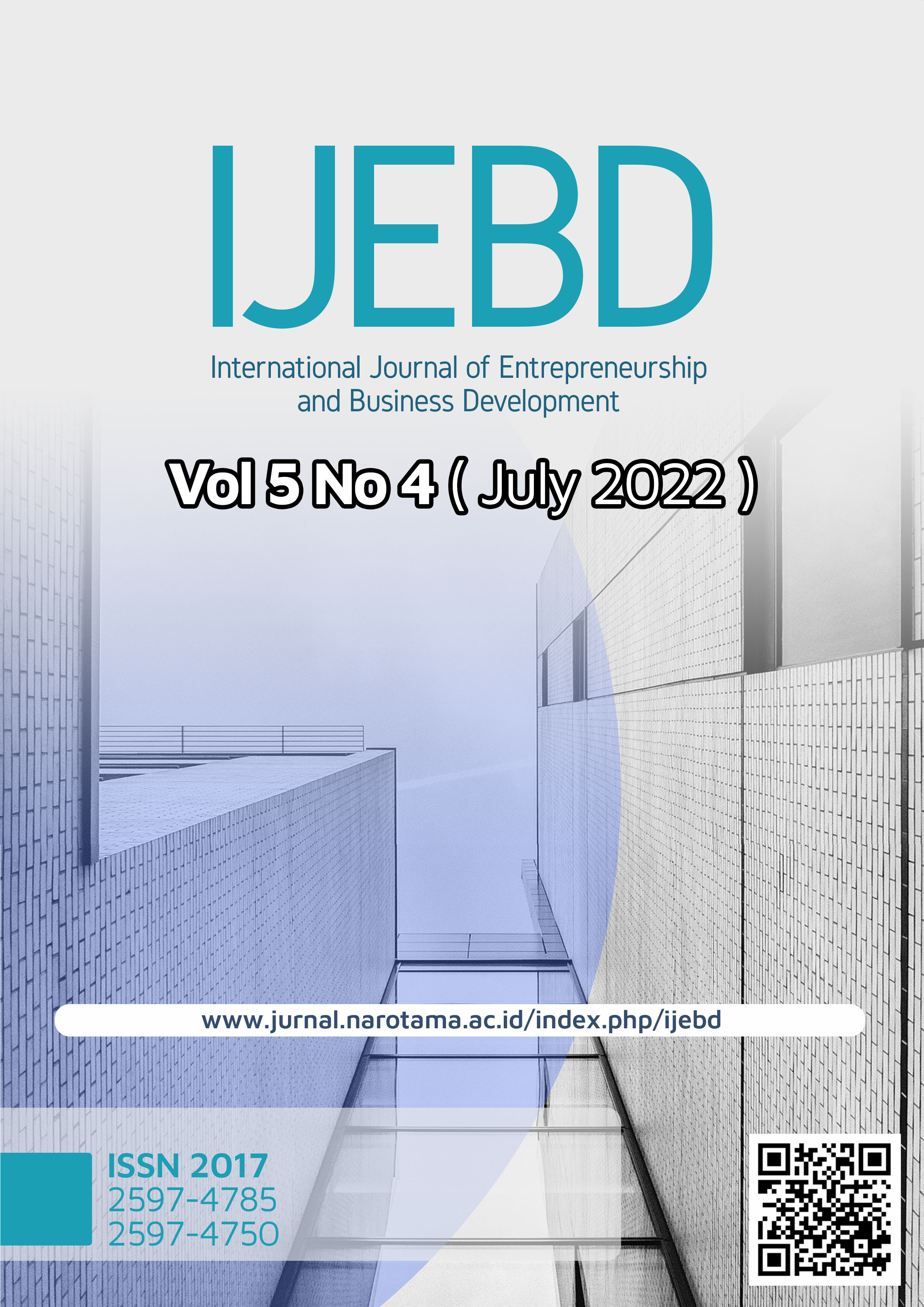Performance Review of Sustainable Urban Drainage System with Lid Concept
Abstract
Purpose: Land conversion reduces infiltration areas and increases runoff that causes flooding and inundation. Efforts to reduce the impact are very important to minimize economic losses. However, large-scale attempts by widening rivers and land acquisition are difficult to implement, especially in urban areas. It requires the management of rainwater runoff at the source. The new paradigm for sustainable urban drainage systems is the LID (low impact development) concept, which approaches hydrology as a framework, considers micromanagement, and controls rainwater at its source.
Design/methodology/approach: It also uses simple non-structural methods to create a multifunctional area.
Findings: LID can handle the flood water level and volume as well as the rise and fall of the base flow that will be released to the downstream site and filter waste. Its application consists of several units that depend on local needs, such as porous and semi-permeable pavements, retention and detention reservoirs, wetlands, infiltration trench, ditch, gulley, and well. It also includes a rooftop reservoir, green roofing, rainwater reuse, underground reservoir, grassed strips, and bioswale.
Originality/value: This paper is an original work.
Paper type: Research paper
Downloads
Copyright (c) 2022 IJEBD International Journal Of Entrepreneurship And Business Development eISSN 2597-4785 pISSN 2597-4750

This work is licensed under a Creative Commons Attribution-ShareAlike 4.0 International License.














